Every personal brand carries a unique story that inspires and showcases the value of its owner. This article compiles 10 outstanding personal branding examples to spark ideas and provide clear direction for your own brand-building journey.
Table of Contents
- 1 The Importance of Personal Branding in the Digital Age
- 2 10 powerful personal branding examples and valuable lessons
- 2.1 Elon Musk – Vision In Strategy
- 2.2 Oprah Winfrey – Building a brand based on understanding
- 2.3 Gary Vaynerchuk – The secret to cross-platform dominance
- 2.4 Simon Sinek – Positioning by Core Purpose
- 2.5 Warren Buffett – The Power of Integrity and the Long Term
- 2.6 Brene Brown – Turn vulnerability into strength
- 2.7 Neil Patel – Digital Marketing Specialist
- 2.8 Marie Forleo – Inspire and empower to build your dream career and life
- 2.9 Tim Ferriss – Optimize your life
- 2.10 Mel Robbins – Overcome procrastination and take action
- 3 3 Principles of Building a Strong Personal Brand
- 4 5 Steps to Start Building a Personal Brand
- 5 Conclude
The Importance of Personal Branding in the Digital Age
Among thousands of talented candidates in the job market, what makes you different? The answer lies not only in professional skills, but in how you build your personal brand – the factor that helps you stand out from the crowd and become the irreplaceable choice.
What is the definition of Personal Branding?
Personal branding is not about how famous you are, nor is it simply a logo, color palette, or social media presence. Put simply, personal branding is the promise you make and the perception others have of you – a unique combination of:
- Core Values: The principles and beliefs that guide your actions.
- Differentiation: The knowledge, skills, and experience that make you stand out in your field.
- Consistent Message: What you want the world to know about you, communicated consistently across all channels.
Why learn from strong personal brands?
Studying examples of strong personal branding from the people in this article will not only help you find inspiration, but also open up 3 important strategic values in the process of building your own brand:
- Unlocking Superior Opportunities: A clear and credible personal brand attracts opportunities rather than you having to seek them out. When your name is associated with a specific area of expertise, people will seek you out first for collaboration, investment or advice, helping you stand out from the competition.
- Differentiation: In a world where anyone can create a blog or a LinkedIn account, differentiation is crucial. Strong brands have successfully refined their voice and messaging so that they can’t be mistaken for anyone else. Learning how they position themselves can help you find your own unique niche.
- Possess negotiating power: A strong brand gives you autonomy and power in negotiations. When you become a “star” in your field, your value increases exponentially, helping you take control of your career.
10 powerful personal branding examples and valuable lessons
Every successful individual has a different way of telling their story to affirm their value. Let’s explore 10 outstanding personal brand examples that not only provide inspiration, but also contain valuable lessons to help you find your own direction in the journey of building your personal brand.
Elon Musk – Vision In Strategy
Elon Musk is not only the CEO of Tesla and Spacex, he is also the embodiment of constant innovation and ambition beyond all limits. His personal brand is associated with large projects, aiming at the future of humanity such as: space exploration, sustainable energy, artificial intelligence,…
- Brand Highlights: The Musk brand is a combination of Engineer and Direct Communicator. He uses Twitter as a formal tool to make statements, respond to the public, and even shake up the market, demonstrating an unmistakable authenticity and boldness.
- Lesson learned: Be willing to take risks and do things differently. If you want to stand out, your message can’t be “I do it a little better.” Pick a game-changing goal or a big problem that everyone else is avoiding, and position yourself as the only one daring to solve it.
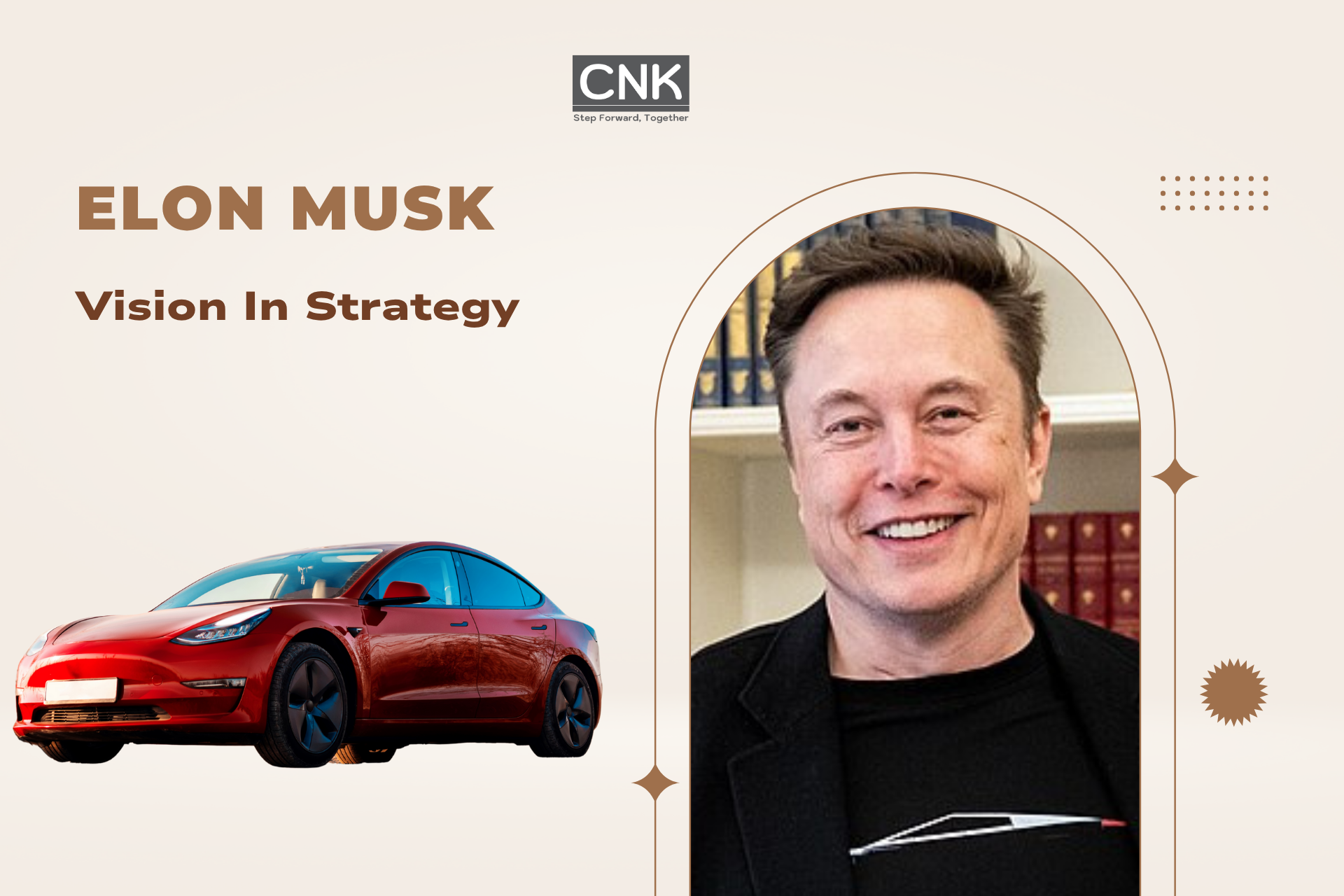
Oprah Winfrey – Building a brand based on understanding
Oprah Winfrey is an American businesswoman, television producer, and talk show host. She turned a talk show into a multi-platform media empire. The key to her success lies in her ability to connect deeply with her audience.
- Brand Highlight: A Bridge of Trust. Oprah’s brand is about trust, understanding, and healing. Audiences trust her books, products, ideas, etc. because she brings authenticity and personal experience to every conversation.
- Lesson learned: Be genuine and focus on helping your audience. Your audience isn’t looking for perfection, they’re looking for empathy. Open up about your experiences and struggles to build a deeper connection than just talking about your expertise.
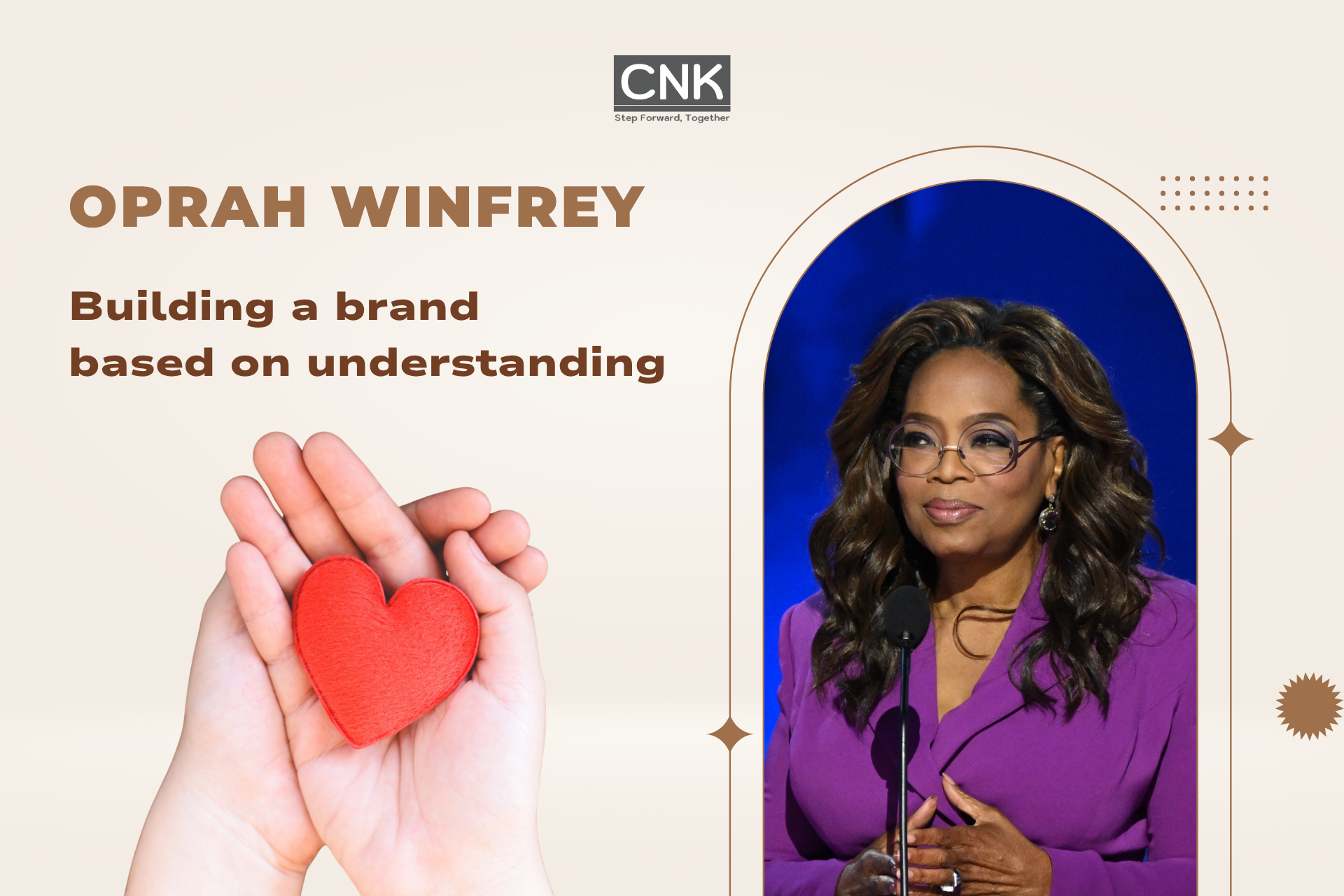
Gary Vaynerchuk – The secret to cross-platform dominance
Gary Vaynerchuk is an American entrepreneur and investor, active in the field of Marketing Communications. He is known as the CEO of VaynerMedia and is also one of the most influential figures on social networks. Gary Vaynerchuk is famous for his relentless work pace and ability to produce huge content on all channels: Youtube, Tiktok, Instagram, Podcast.
- Brand Highlights: Gary Vaynerchuk’s brand is a combination of gritty reality and hustle. He always conveys the message of hard work and adapting to the latest technology trends.
- Lesson learned: Frequency and consistency are key. Don’t try to create perfect content on a single channel. Focus on using high-velocity repurposing and redistributing content across multiple platforms to maximize follow-through.
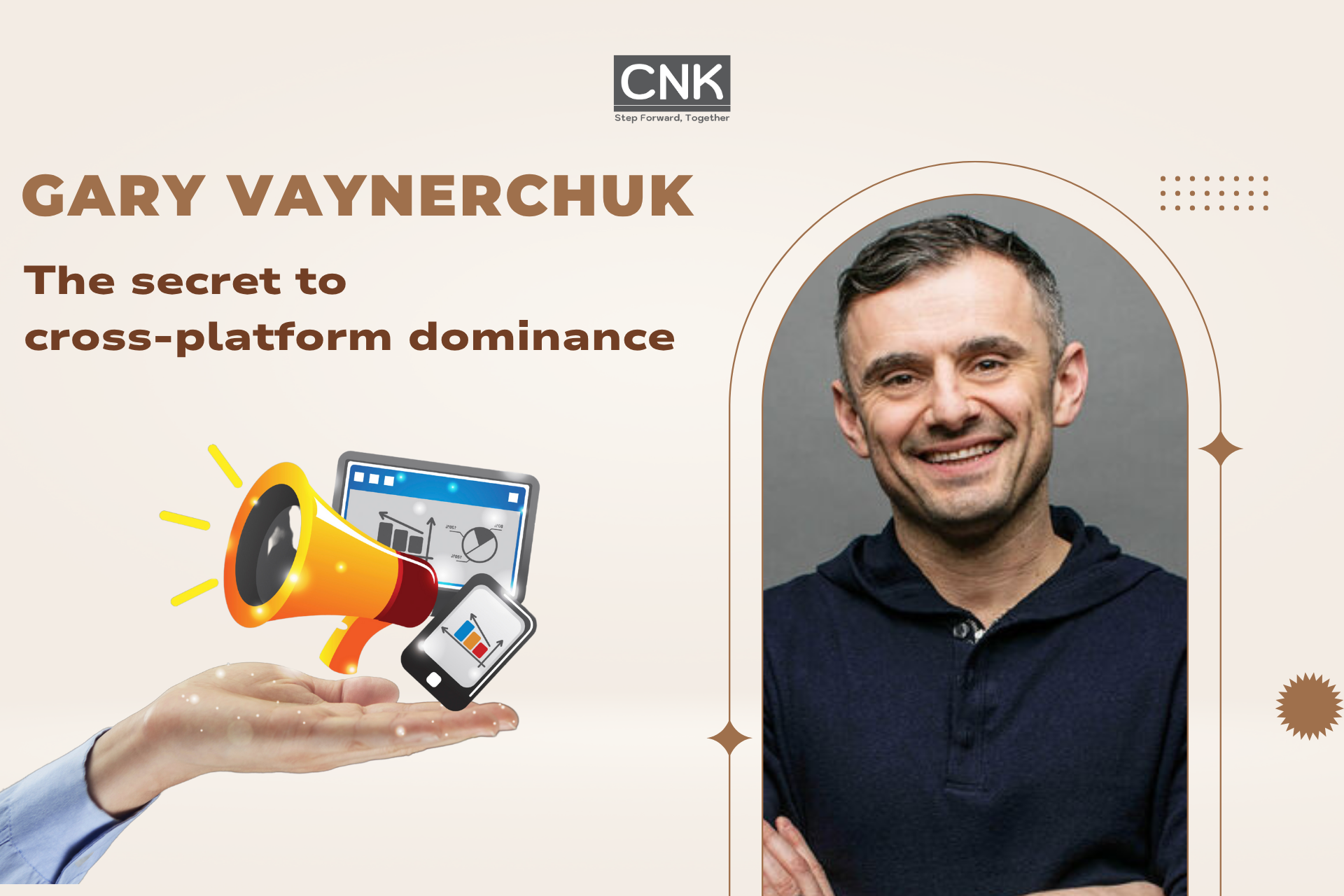
Simon Sinek – Positioning by Core Purpose
Simon Sinek is a British-American author, speaker and leadership consultant. He is internationally known as the creator of the “Start With Why” model. Simon’s personal brand is built on his ability to simplify complex ideas and communicate them in an easy-to-understand way.
- Brand Focus: Simplify Complex Ideas. Simon’s brand is built on a single, powerful idea, “Start With Why.” He turns every abstract concept into a strategic tool.
- Lesson learned: Find your unique selling point. Dig into a niche area where you can speak differently or more deeply than others. Focusing on a unique framework or model will help position you as a leading expert in that area.
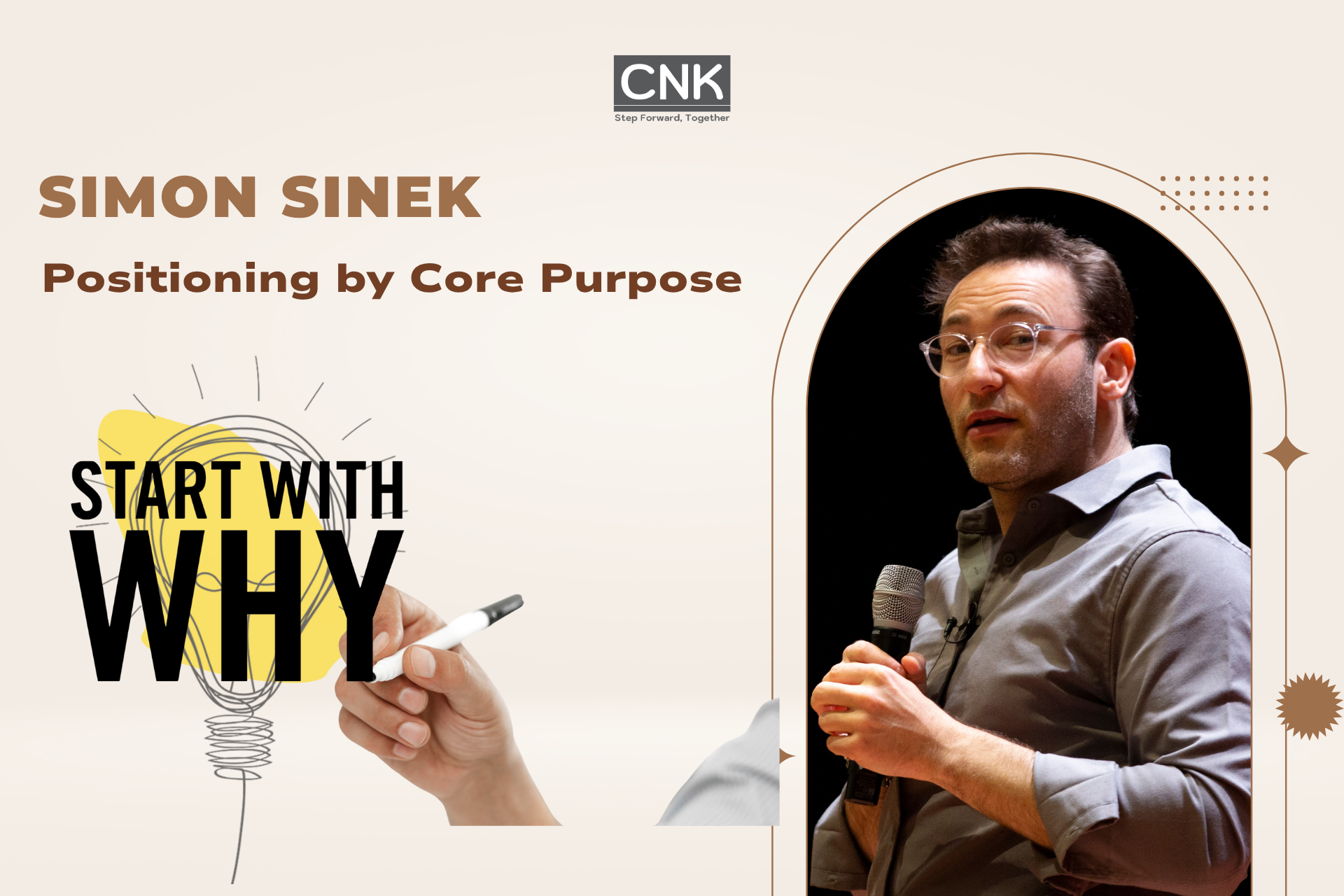
Warren Buffett – The Power of Integrity and the Long Term
Warren Buffett is one of the world’s greatest investors, active in the field of finance and investment. He is known as the Chairman and CEO of Berkshire Hathaway.
- Brand Highlights: The Buffett brand is synonymous with value investing and absolute integrity. His consistency in both his investment philosophy and his simple lifestyle has created an unshakeable image of trustworthiness.
- Lesson learned: Be philosophically consistent over decades. Identify ethical and strategic principles that you will never compromise, then demonstrate them in every public decision. Consistency and transparency are the foundation of trust.
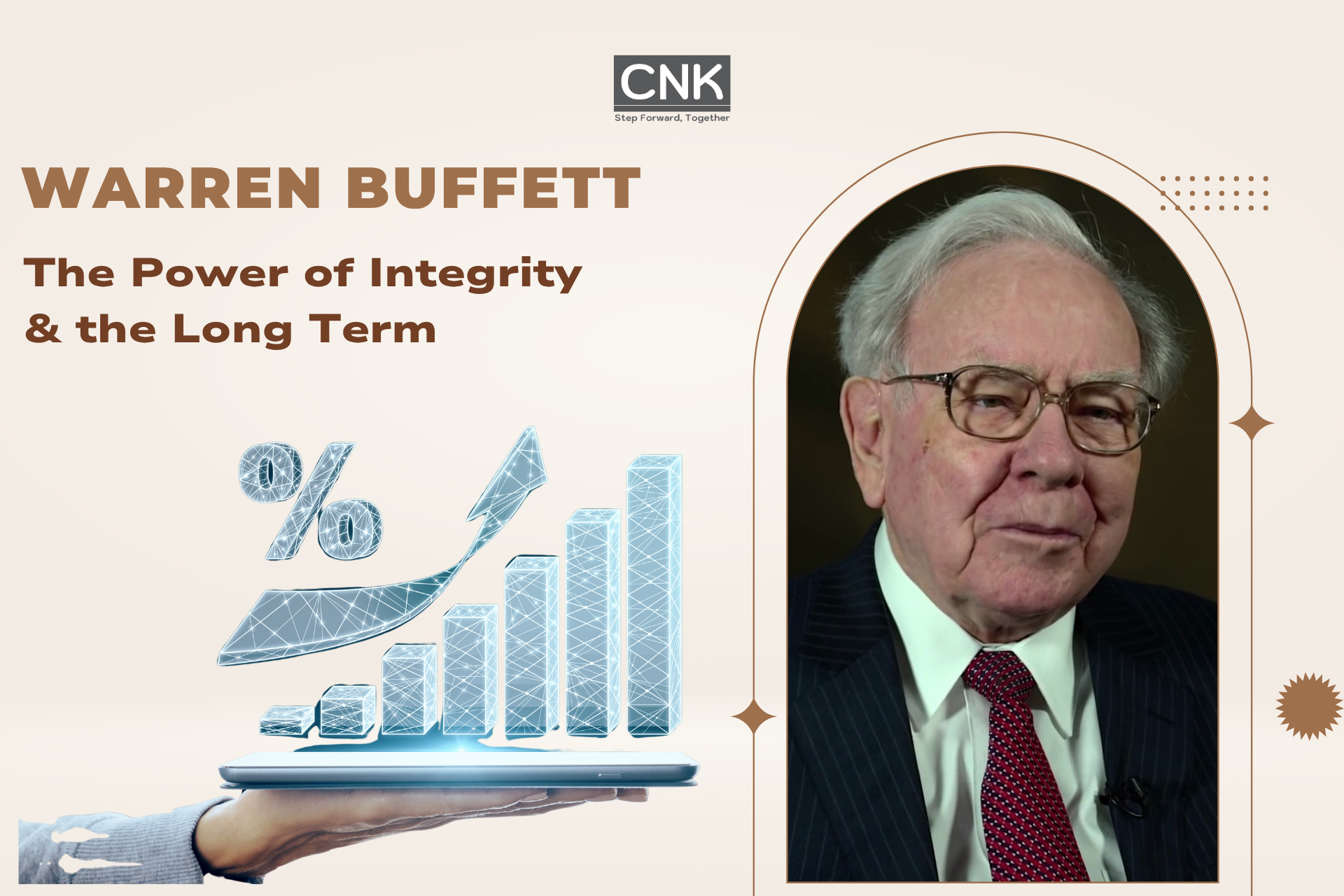
Brene Brown – Turn vulnerability into strength
Brene Brown is an American researcher, author, and speaker in the fields of psychology and sociology. She is known for her work on vulnerability, courage, and connection. Brene Brown has turned her academic work on shame, courage, and vulnerability into a global phenomenon.
- Brand Highlight: Expert at combining emotion and science. Her brand is based on a unique blend of rigorous scientific research and easy-to-understand storytelling, making difficult topics accessible and practical.
- Lesson learned: Combine expertise and the ability to communicate clearly. Don’t just give numbers or terms. Use stories, metaphors, or real-life examples to make your expertise useful and understandable to a general audience.
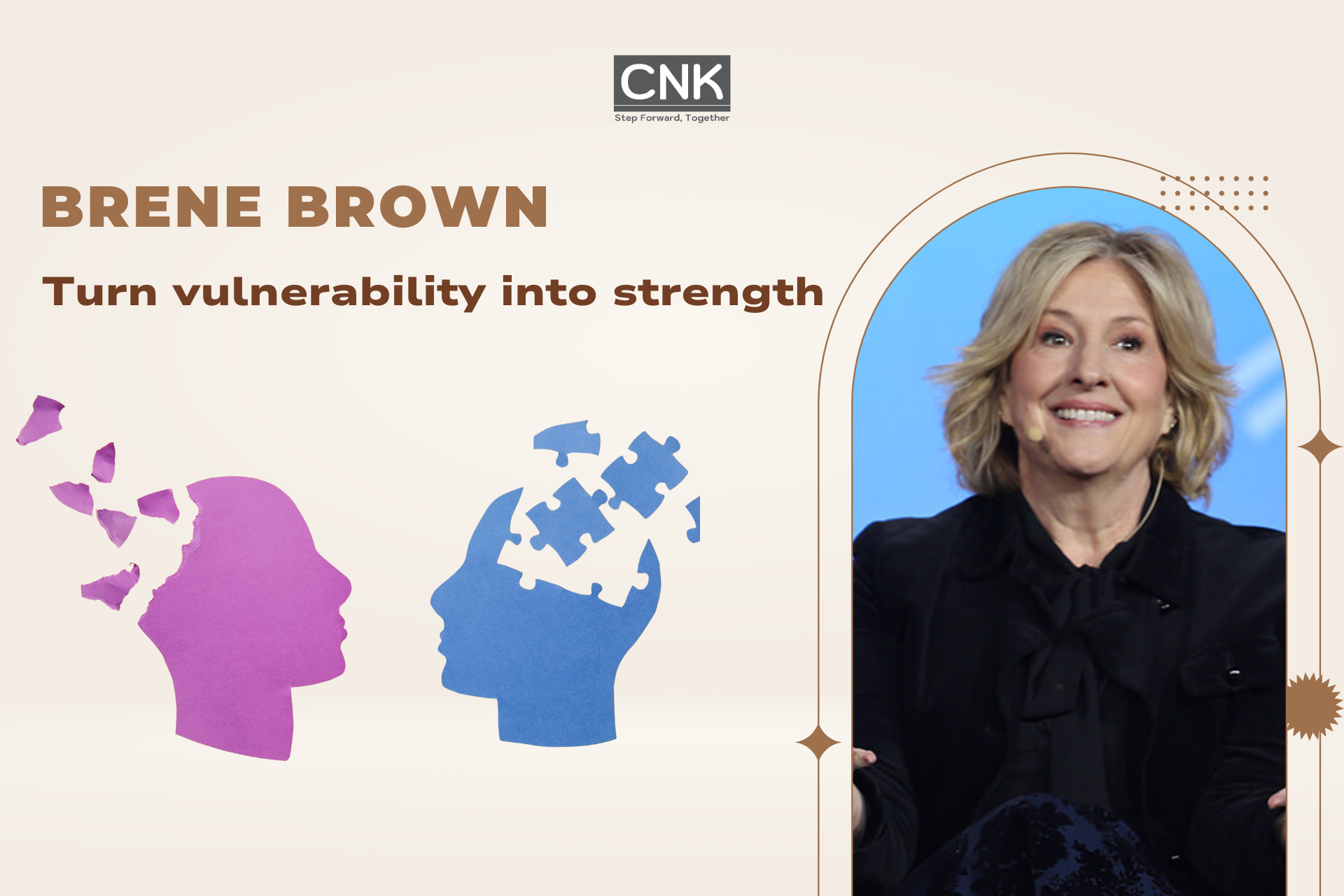
Neil Patel – Digital Marketing Specialist
Neil Patel is an American entrepreneur and investor in the field of Digital Marketing. He is known for co-founding popular platforms such as Crazy Egg, Kissmetrics and Ubersuggest. Neil Patel has built a personal brand that is indispensable in the world of Digital Marketing. His strategy is not to gain instant fame, but to provide real and measurable value.
- Brand Highlights: Neil Patel’s brand is synonymous with useful, detailed information and, more importantly, free tools like Ubersuggest that help users take immediate action. He has established himself as a marketing resource, not just a consultant.
- Lesson learned: Offer undeniable free value. Build your personal brand by giving away the highest value gifts (knowledge, tools, guides) your competitors are selling. This creates loyalty, credibility, and a huge source of traffic for future paid products.
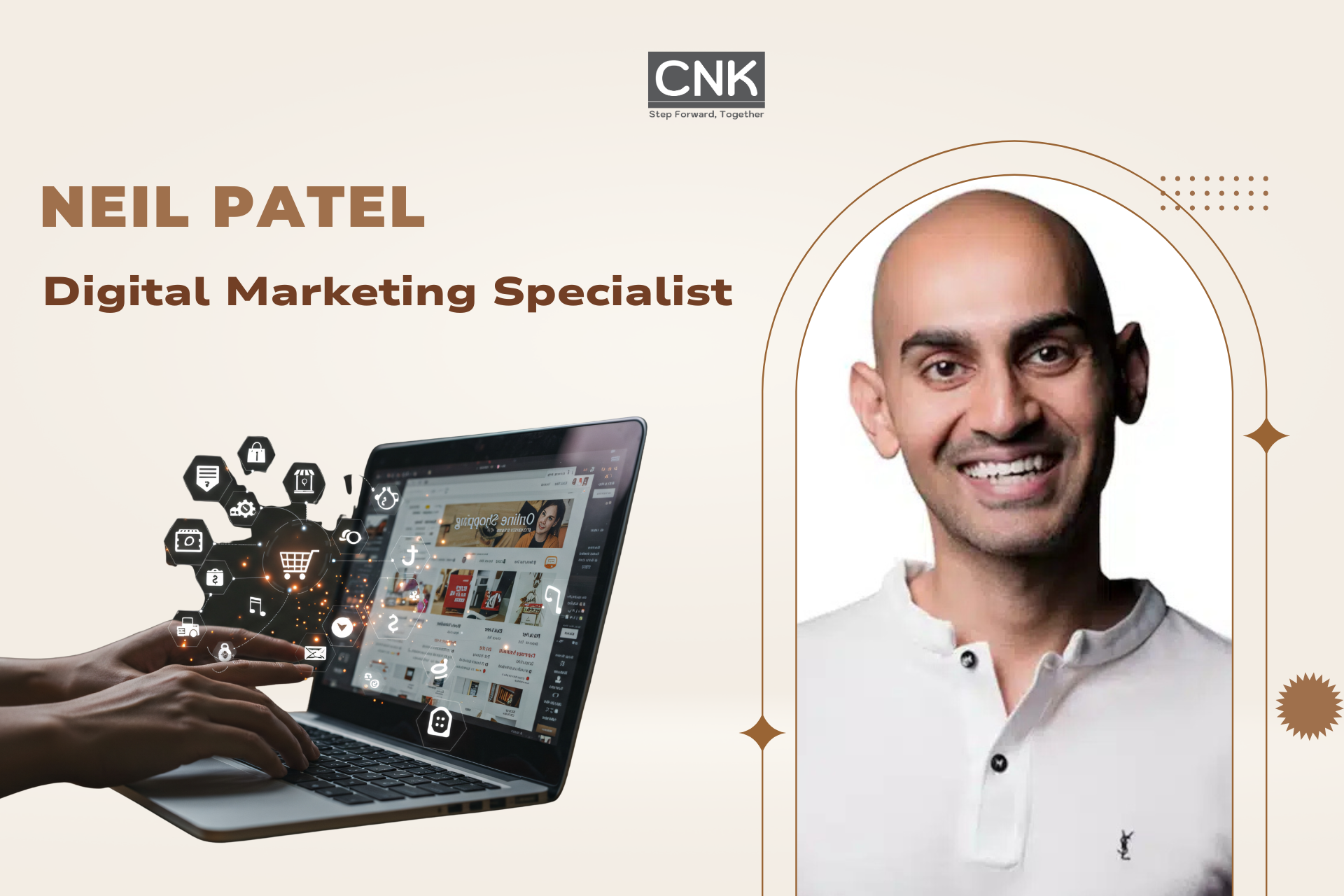
Marie Forleo – Inspire and empower to build your dream career and life
Marie Forleo is an American businesswoman, author and trainer. She is known as the founder of B-School, which has trained thousands of global entrepreneurs. Marie Forleo has built a strong community through her energetic communication style.
- Brand Highlights: Her brand is a blend of high energy, optimism, and practical business and personal development advice. She makes learning fun and engaging.
- Lesson learned: Use your voice and style to stand out. Instead of trying to be mechanically specific, amplify your unique, fun personality traits. People will remember you because you’re different from everyone else in the industry.
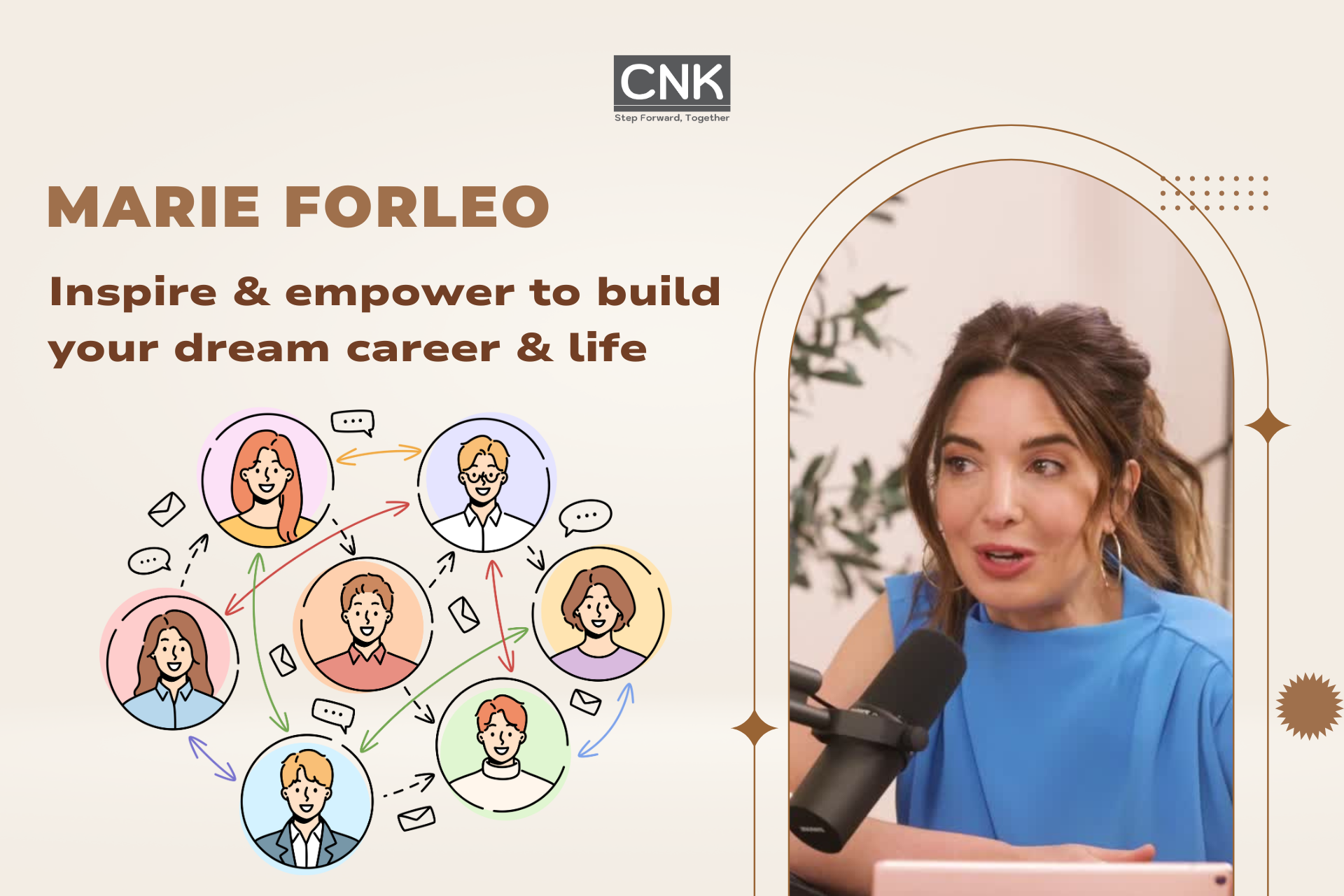
Tim Ferriss – Optimize your life
Tim Ferriss is an American author, entrepreneur, and investor, primarily active in the fields of personal development and entrepreneurship. He is best known as the author of the book “The 4-Hour Workweek” and the pioneer of the “life hacking” movement – optimizing work and life. His brand is the result of constantly experimenting and systematizing everything from business to language learning to sports.
- Brand Highlights: Ferris’ brand is about the art of doing more with less. He positions himself as someone who interviews and codifies the strategies of the world’s most successful people, then shares them with his audience.
- Lesson learned: Turn curiosity into expertise. If you’re learning a new skill or solving a complex problem, turn that process into content. Audiences love learning from your successful and failed experiments, building trust that you’re always looking for better ways to do things.
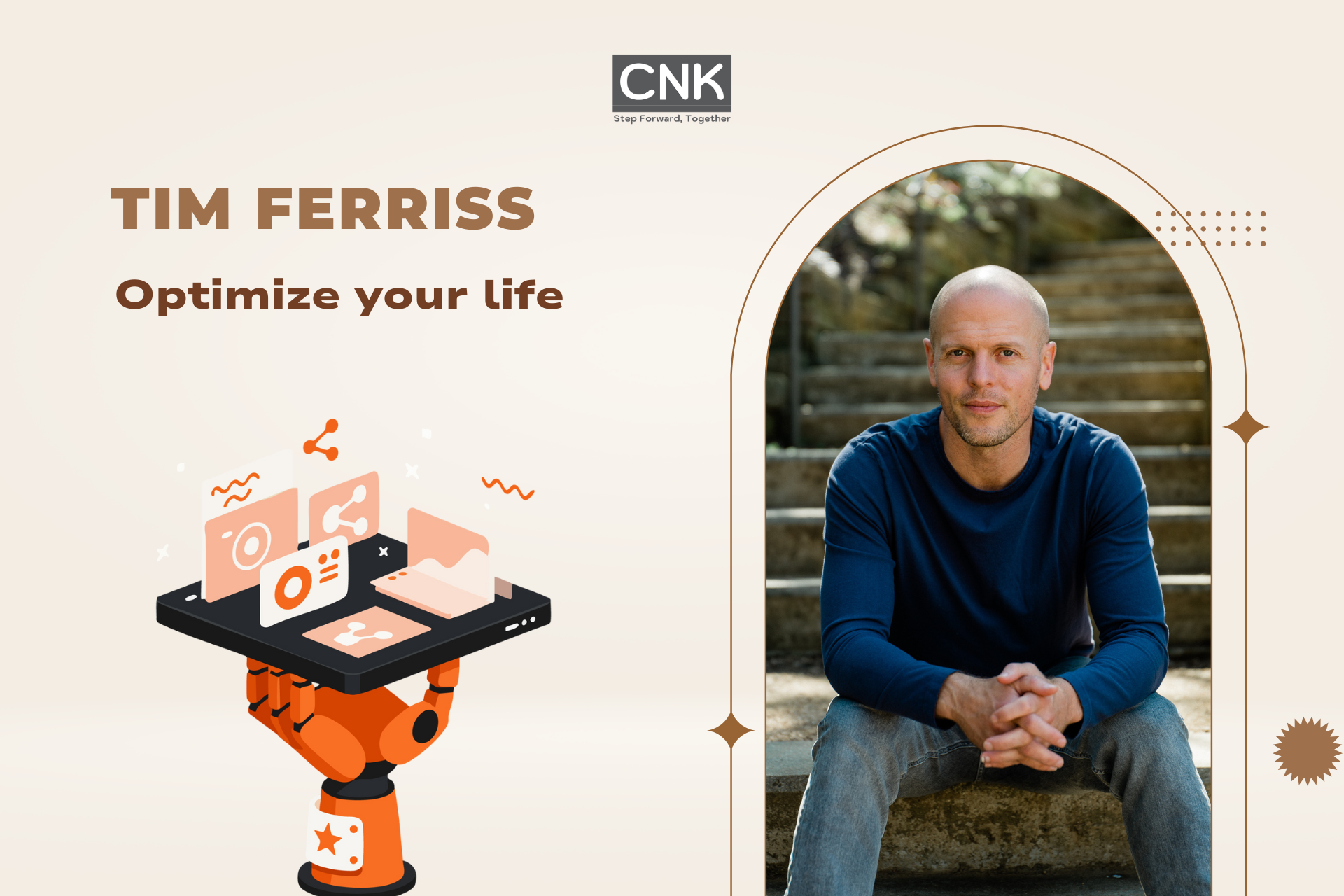
Mel Robbins – Overcome procrastination and take action
Mel Robbins is an American speaker, author, and coach. She is widely known as the creator of the “5 Second Rule,” which has helped millions of people overcome procrastination and start taking action immediately. Her brand is known for its ability to inspire, simplify solutions, and be highly applicable in everyday life.
- Brand Highlights: Robbins’ brand focuses on simplicity, ease of application, and immediate action. Her messages are direct and no-nonsense, aimed at helping her audience overcome procrastination and get started.
- Lesson learned: Package your philosophy into a memorable formula. Find a core action philosophy that you can package into a memorable formula or rule like “The 5-Second Rule,” “1% Better Everyday,” etc. This will help your brand go viral and be widely talked about.
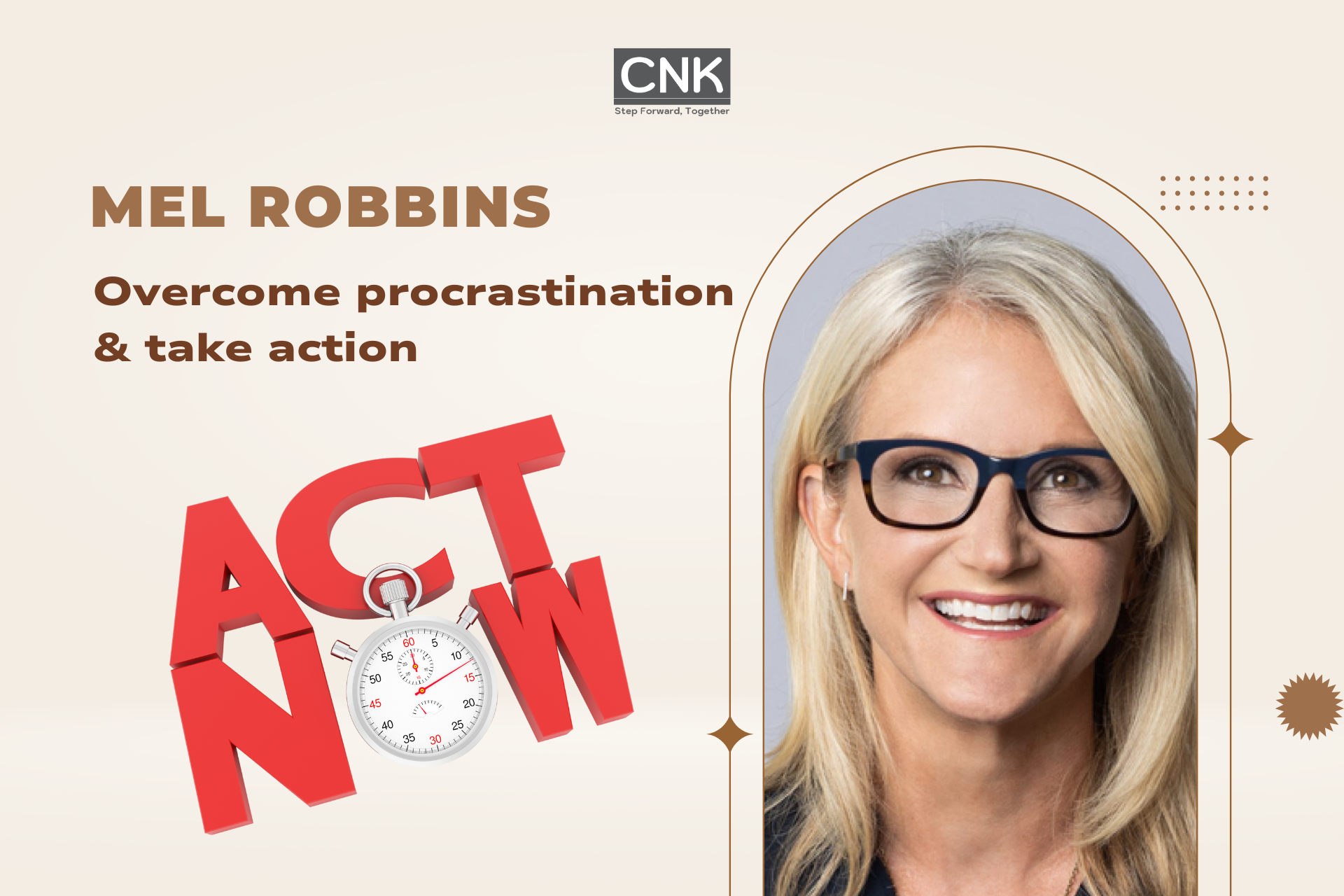
3 Principles of Building a Strong Personal Brand
After studying the examples of personal branding, we can clearly see three fundamental principles that anyone who wants to be successful must adhere to. These three principles are the direct answer to the question: “How to turn your name into a valuable asset?”.
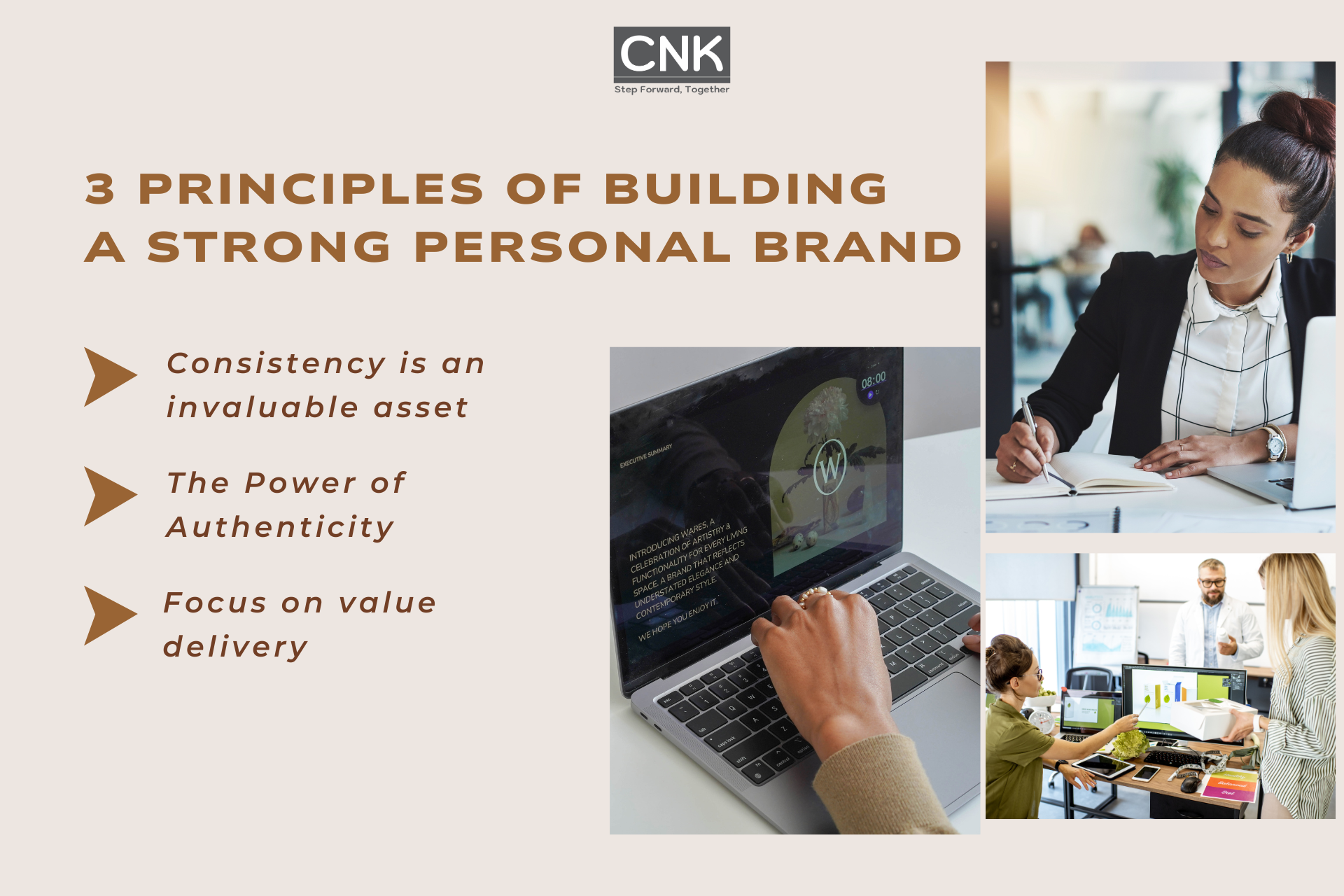
Consistency is an invaluable asset
Personal brands are built through thousands of small, repeated interactions. Consistency is what creates familiarity and trust in the minds of your audience.
- Message consistency: Your core message should be clear and consistent with trends so that your audience always knows what they will get from you.
- Image and style consistency: Whether you are high energy or calm, your communication style should be consistent across all platforms. This makes it easy for your audience to identify and connect with you.
- Be consistent with frequency: Gary Vaynerchuk has proven that being consistently present on key channels is crucial to staying relevant. If you don’t show up consistently, your brand will fade away.
The Power of Authenticity
In an age where everyone is trying to project perfection on social media, authenticity becomes a distinct advantage. Searchers don’t want an ideal, they want to find a real person to connect with.
When you try to copy another personal brand, you are missing out on your unique point of difference. The strongest personal brands are those built on your own vulnerabilities and real experiences. Instead of trying to hide their flaws, many individuals choose to share their struggles, failures, and true emotions. This not only makes the personal brand relatable and trustworthy, but also creates a powerful appeal through authenticity.
Focus on value delivery
Value is the reason your brand exists. If you don’t educate or inspire, your audience will have no reason to follow you.
- Core Question: What will your audience get out of spending 5 minutes watching your content?
- Knowledge Value: Provide free tools and strategies that help others grow.
- Inspirational/Action Value: Provide simple principles to overcome procrastination and take action.
- Vision Value: Provide an ambitious view of the future that makes people want to be a part of it.
When you focus on solving your audience’s problems, you move from building a personal profile to building a useful brand. This is the key to retaining and turning your audience into loyal fans.
5 Steps to Start Building a Personal Brand
Building a strong personal brand is not a mystery, but a systematic process. Based on the common success factors of exceptional individuals, here are 5 action steps you can start today.
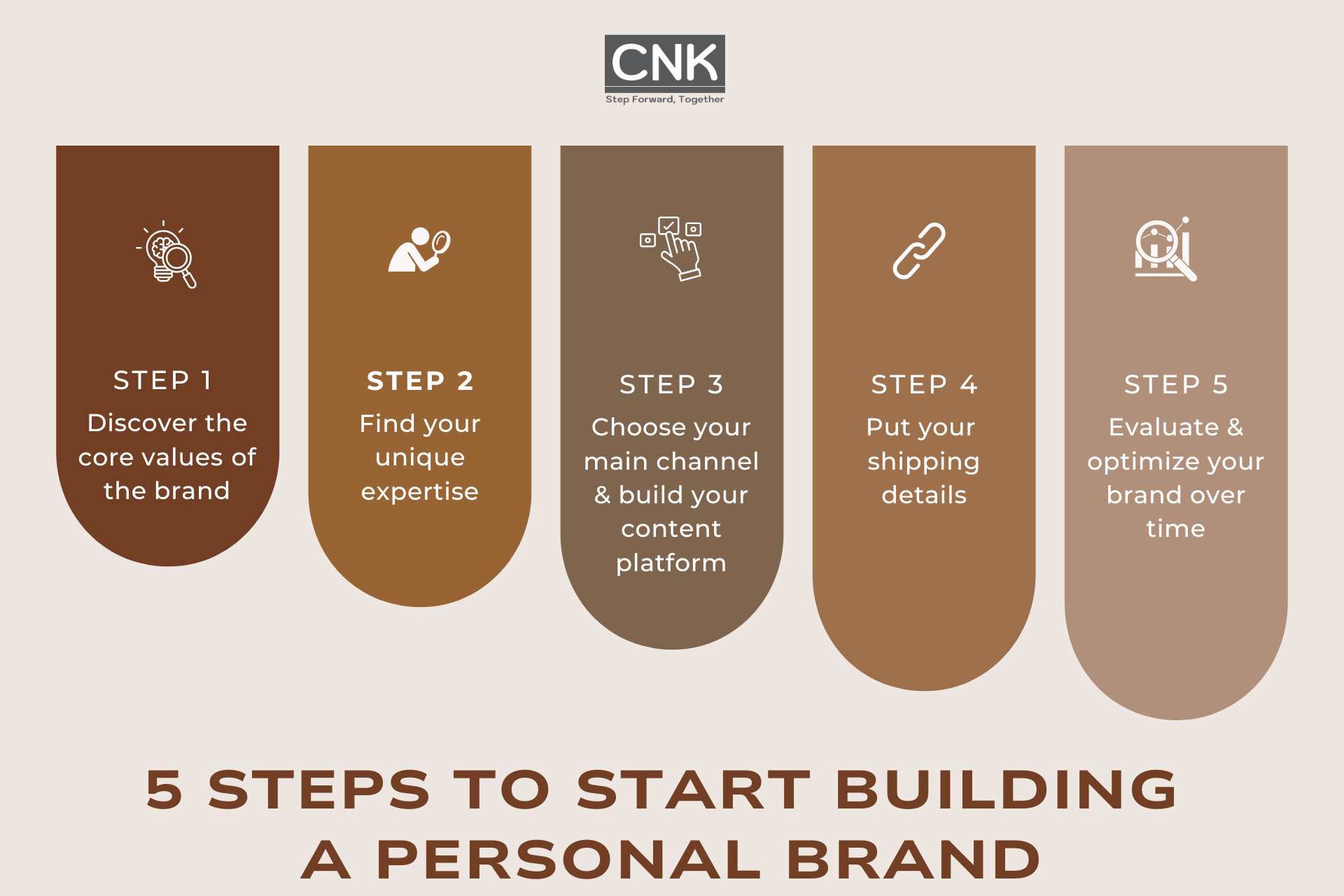
Step 1: Discover the core values of the brand
Personal branding doesn’t start with a logo or a color, but with “who you are?” and “what you believe in?”. List 3-5 core values to guide all your actions. Like Warren Buffett with Integrity or Elon Musk with Innovation, these values will filter all your decisions, actions and content, ensuring consistency.
Step 2: Find your unique expertise
Don’t try to be a generalist, you need a niche that you can dominate. You need to find the intersection of 3 factors: What you like, what you are good at, and what the market needs to create a clear positioning statement.
For example: I help [Target Audience] achieve [Desired Goal] with [My Unique Method]. Like Simon Sinek with “Start With Why”, find your own unique framework. Uniqueness doesn’t have to be a new invention, it can be the way you interpret or apply knowledge.
Step 3: Choose your main channel and build your content platform
Once you’ve identified your core values and strengths, the next step is to get your message out into the world. This is where you choose the right media channels to tell your personal brand story. Instead of trying to be everywhere at once, focusing on one main channel will help you build a deep, manageable footprint that resonates more clearly with your target audience.
- Action: Start by choosing a primary channel. For example, LinkedIn for B2B, TikTok for quick creative content, Podcasts for in-depth analysis. Focusing on one platform will help you build a stronger footprint rather than spreading your resources thin.
- Goal: Establish a consistent posting schedule and maintain quality content. Your main channel will be where your audience finds your core values and reflects the consistency of your personal brand.
- Tip: Don’t wait until everything is perfect to start. You need to prioritize usefulness and consistency, because the initial consistency and honesty will create a solid foundation for you to grow later.
Step 4: Engagement Strategy: Connect Authenticate with the Community
Personal branding is a conversation, not a speech. Be willing to engage and listen to your audience. Respond to at least 50% of comments on your main channels, or ask questions and create open discussions. The goal is to build trust and loyalty with your audience. Don’t be afraid to share small failures or imperfect lessons. Don’t try to convince everyone, focus on building lasting relationships with the audience who resonate with your message.
Step 5: Evaluate and optimize your brand over time
The world is constantly changing, so your personal brand needs to evolve and adapt over time. Think of this as a continuous learning loop where you maintain the core while refining your presentation to better suit new contexts.
- Action: Every quarter, take time to review your brand. What messages are resonating most strongly with your audience? What new issues or concerns are they facing?
- Goal: Maintain the core values you defined in step 1, but optimize how you deliver and your channel choices. This is also how many successful creators like Tim Ferris keep things fresh, constantly testing and improving.
- Note: Don’t change your core values, but be flexible in your strategies and tools. This adaptation will help your personal brand stay relevant, timeless, and sustainable over time.
Conclude
From these 10 personal branding examples, we can clearly see a common lesson: clarity in core values, a unique way of telling a story, and the ability to connect authentically with the community. This is the foundation for anyone to start building their personal brand.
Start today by writing down a clear personal positioning: who you are, what makes you different and the value you bring to others. And if you want a systematic roadmap and professional companionship, refer to CNK Consulting Vietnam’s personal branding service to turn ideas into practical strategies.
CNK Consulting Vietnam
Hotline: +84 961 393 798
Email: info@cnk-consulting.com.vn
Address: 9 No. 07 New urban area Bac Dai Kim Expansion, Dinh Cong, Hoang Mai, Hanoi


